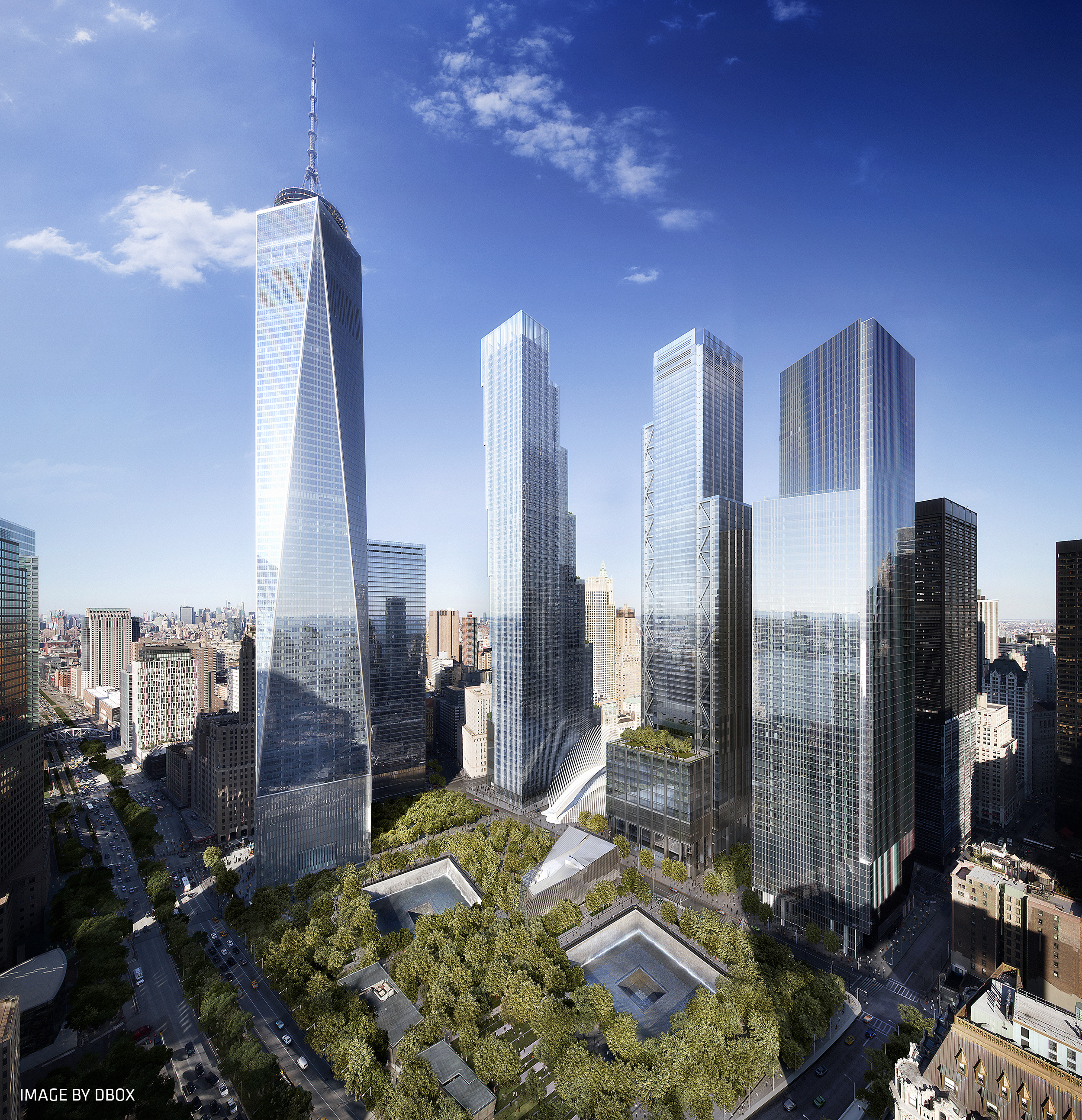Hello everyone!
In the past few posts, I have been talking about pollution and its effects on amphibians causing the tragic uptick in mortality. In today’s post, I would like to talk about the recent wave of bird collisions happening in New York City as I read about a recent article by Daly, 2020. I have briefly talked about the effects of light pollution on wildlife in my previous post and this post shall further discuss the effects on birds.
As the annual winter migration south for North American birds started, with it comes increased bird collision. Scientists estimated that up to 240,000 birds die annually from a collision in the city and 1 billion nationwide (Parkins et al., 2015). Several major cities including New York are part of the Atlantic Flyway migration path as shown in the figure below (Audubon, 2020). 
As urbanized areas continue to expand, artificial lights and glass become an increasing threat to birds. Artificial lights on structures like buildings and communication towers attract birds at night especially when there is fog or low cloud ceilings and disrupt their ability to navigate. They become disoriented and once in lighted area, continue to fly as if it is trapped. There is a higher risk of colliding into the lighted structures, predation or drop to the ground from exhaustion (Parkins et al., 2015). During the day, glass can act as mirror and reflect trees and the sky, creating an invisible obstacle. Daytime collisions have killed birds from 225 different species in North America, which is 25% of all species in North America. Once a bird collides against a structure, death can occur from brain hemorrhage and they do not die immediately and are at higher risk of predation. Navigating through urban spaces has become a necessary danger for these migratory birds but most that crashes are “first years” that have not migrated through the city before (Daly, 2020).

That brings me to the end of this post.
See you guys soon!
References
Audubon. (2020). Birds on the move. Retrieved October 17, 2020, from http://netapp.audubon.org/AudubonAdventures/migration_kids.htm
Bee, M. (2019, October 03). What to Do When You See Injured Or Abandoned Wild Animals In Singapore. Retrieved October 17, 2020, from https://thefinder.life/healthy-living/ask-the-experts/what-do-when-you-see-injured-or-abandoned-wild-animals/
Daly, N. (2020, October 08). Birds are crashing into NYC buildings. Record numbers are being rescued. Retrieved October 17, 2020, from https://www.nationalgeographic.com/animals/2020/10/birds-are-crashing-into-nyc-buildings-and-records-numbers-are-being-rescued/
Parkins, K. L., Elbin, S. B., & Barnes, E. (2015). Light, Glass, and Bird—Building Collisions in an Urban Park. Northeastern Naturalist, 22(1), 84-94. doi:10.1656/045.022.0113








